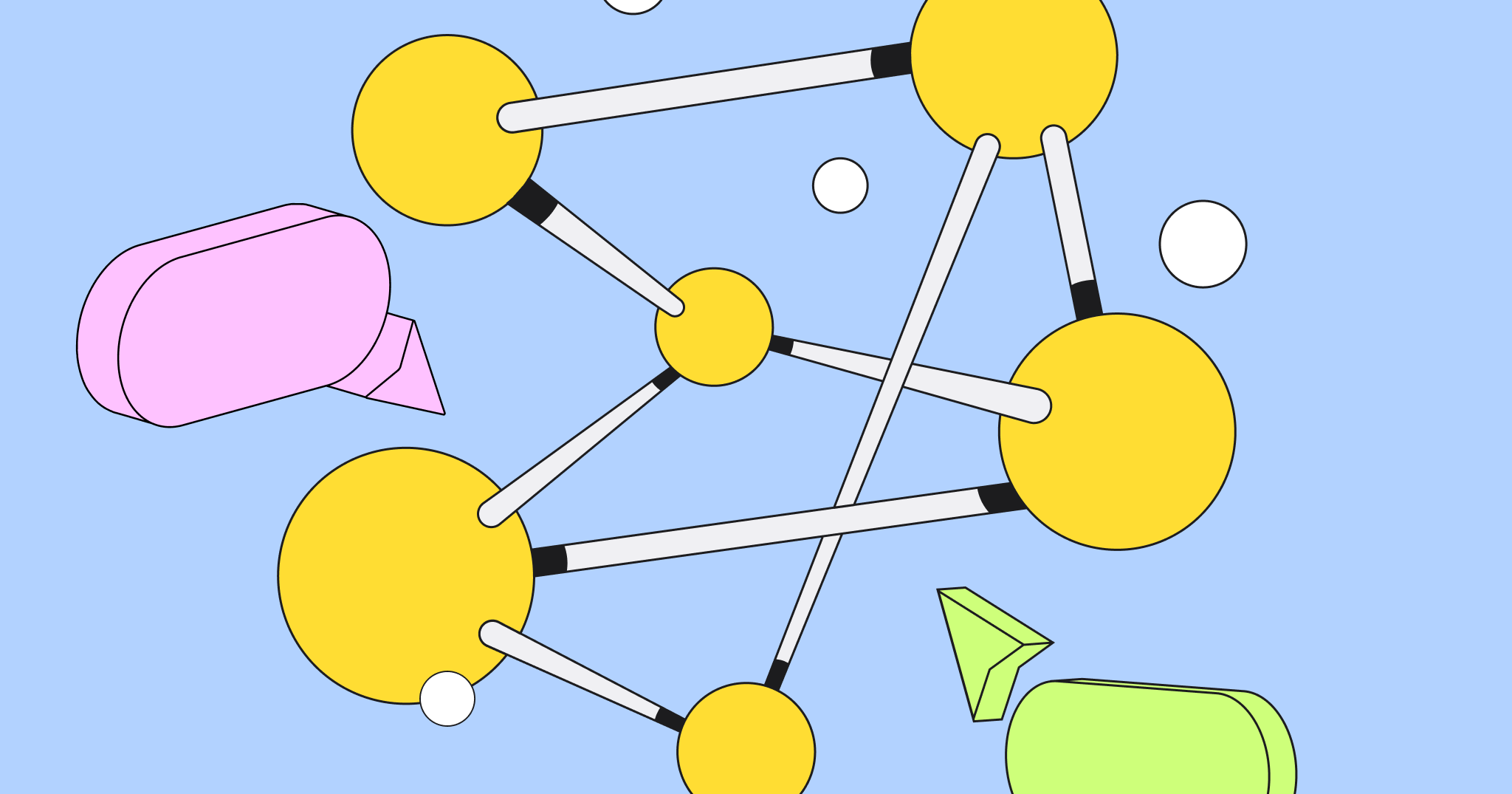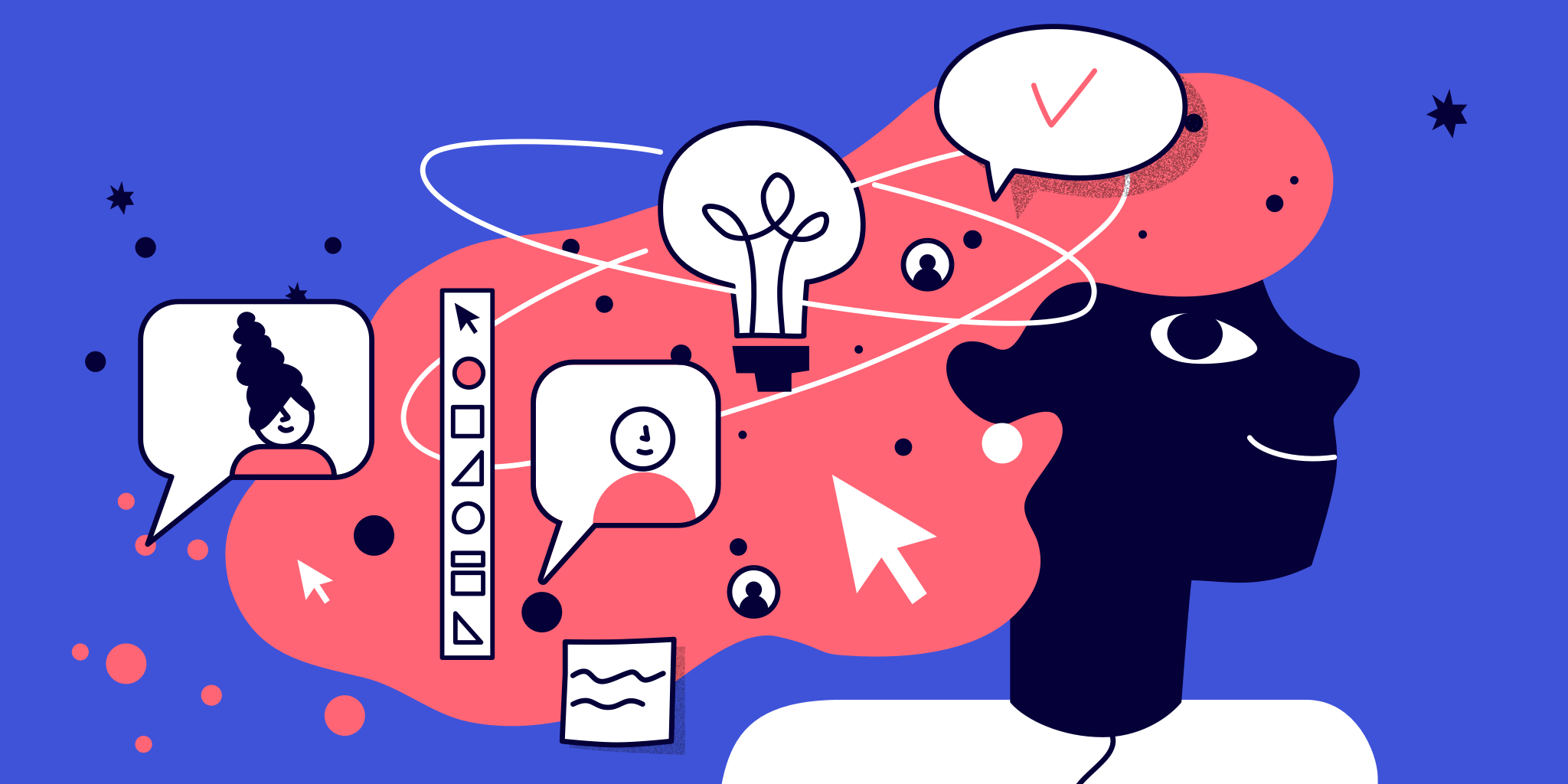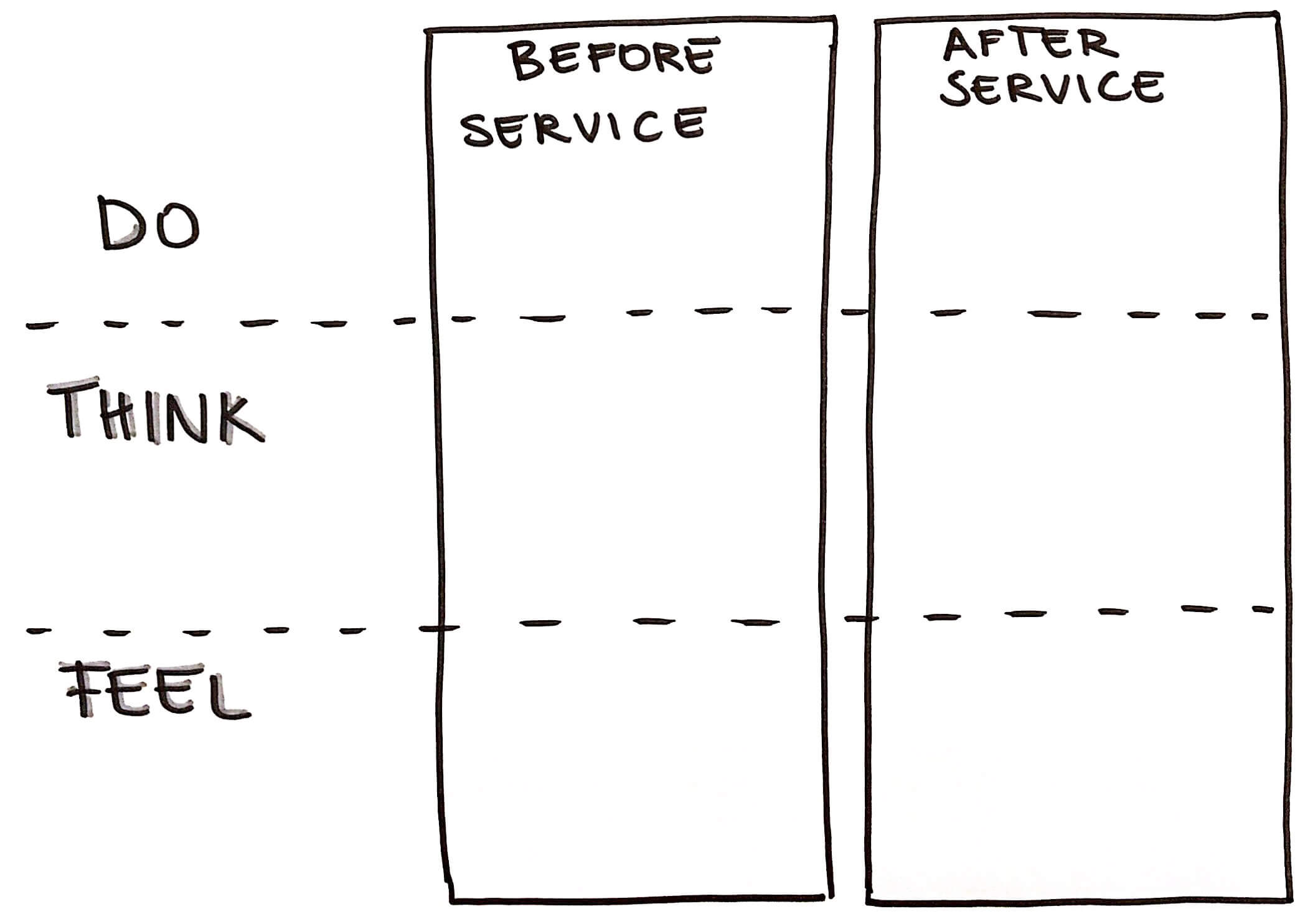MELEWI is a travelling Product, UX and UI design studio working with passionate people from around the world. They have designed for clients like McDonalds, Samsung, Visa, and smaller start-ups. And they work remotely from San Francisco, Melbourne, Singapore and anywhere a plane can take them.
Avik Ganguli, UX Design Consultant at MELEWI, prepared this post to share UX research framework they developed to help them get as much value from UX as possible.
Ask the right questions first
ON EVERY NEW PROJECT AT MELEWI, THESE QUESTIONS GUIDE OUR APPROACH TO UX RESEARCH AND DESIGN AS A WHOLE.
Your software product is not performing as expected? What makes you say so? What are you comparing the performance to? Do you have any measurements of how much worse it is? What criteria are you measuring? What is your honest expectation of improvement?
Perhaps the problem is with how users are behaving with your product? Is there something they’re doing (or not doing); something that isn’t fulfilling their goals or your business goals?
Are there specific parts of the users’ experience with your product or overall brand that you know to be experience killers? Is the UX fulfilling or failing strategic objectives?
Or perhaps you’re in the early stages of building a product? And you need help to decide what exactly your product should be. How well do you know your customers’ attitudes? How do they like to do things? What parts of their behaviors will your product fit in with (or change altogether)?
On every new project at MELEWI, these questions guide our approach to UX research and design as a whole.
The MELEWI UX workshop canvas
We’ve developed a sophisticated, efficient and effective approach to UX, in recognition of the variety of our clients and the goals they’re chasing.
Instead of enforcing an ‘ideal’ UX process to every project, we approach the diversity with an attitude to fully understand the cross-section of business and user needs and then identify the right UX tools to achieve the end objectives.
This is done through the MELEWI UX Workshop, with each new client, at the start of every project we undertake.
We’ve worked with clients across industries such as FMCG, Banking, Insurance, Travel, Technology and more. Some of our clients are global corporations, some others are local entrepreneurs, and others are disruptive innovators.
Our UX Workshop Canvas on Miro is our whiteboard for our global, remote workshops. Having a real-time canvas greatly benefits participation — clients can add comments, throw in multimedia and vote on design ideas.
We don’t like wasting time and money on lengthy but useless research, finding out facts and developing insights that are already known. In the spirit of Agile, we use the canvas to note what the client already knows — ranging from analytics data to user behaviours to design benchmarks.
Then, depending on the objective of the design exercise, the unvalidated assumptions and the known facts, we conduct the appropriate UX research — find answers to unknowns, manage uncertainties, and uncover realities. This is what makes our UX scientific.
The canvas also allows us to list our assumptions as we’re forming them. These could be aspects of the users’ attitudes and contexts of use or their mental model with respect to a particular concept or task.
MELEWI remote UX research methods
1. Contextual Enquiry
Recommended for: enterprise and other limited-users products.
The MELEWI Contextual Enquiry Sprint is designed to get embedded directly in the user’s context: observing what the participants did, what they nearly did, and what they didn’t do.
Through these observations, hypotheses are formed about the users’ short term and long term goals, routines and rituals, and intrinsic and extrinsic journeys, vis-a-vis the social and technological ecosystem surrounding the user.
Typically, the observations are followed by an interview, when the UX researcher will clarify observations, and indirectly, the hypothesis. The objective is to get the participants to share their emotional and rational justifications to observed behaviors.
7 days takes The Contextual Enquiry Sprint (excluding travel, subject to scope of research and users’ context) and is especially recommended for enterprise and other limited-users products.
2. Interview
Recommended for: startups with low UX maturity.
The MELEWI Remote Interview Sprint, in lieu of Contextual Enquiry, uncovers the users’ behaviours and attitudes to a certain product or task, as well as the social and technical ecosystem surrounding the user and the product, as they are reported by the participants. Like Contextual Interviews, Interviews help form, validate or extend hypotheses about the user experience.
5 days takes The Remote Interview Sprint and is recommended for startups with low UX maturity.
3. Usability Test
Recommended for: anyone investigating UX issues with a ready product or a working prototype.


With a ready prototype, the fastest method to research design needs is the MELEWI Remote Usability Testing Sprint. It completes the cycle of Learn > Build > Measure.
As a standalone project, the insights from the UT sprint are turned into a formal report, including information architecture and/or wireframe recommendations. As an in-project UT sprint between design sprints, the report can be kept lean and findings feedback directly into the design iterations.
UX Research at MELEWI absorbs Lean and Agile; it’s designed to take any product, whether it be at the level of an unvalidated idea or at the level of a seasoned product, and increase its UX value through UX Science.
7–10 days takes The MELEWI Remote Usability Testing Sprint, depending on the scope of the test and the quality of deliverables required.



